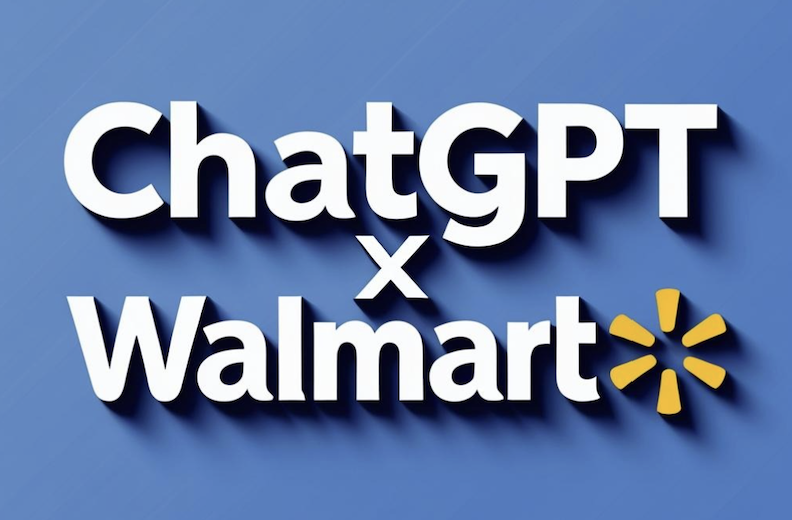Walmart’s ChatGPT Partnership: A Glimpse Into the Future of AI Commerce

Insights from Iz Beltagy, Chief Scientist and Cofounder at Envive
Walmart’s new partnership with ChatGPT is more than a headline — it’s a signal that the future of online shopping has arrived. By integrating OpenAI’s conversational interface directly into the shopping experience, Walmart isn’t just experimenting with new technology. It’s redefining how consumers discover, evaluate, and potentially purchase products through AI.
This move represents a major step toward what Iz Beltagy, Chief Scientist and Cofounder at Envive, describes as an inevitable shift: every major ecommerce brand will soon need an AI agent strategy. For years, companies like Google and Perplexity AI have been exploring similar ideas, but Walmart’s scale and visibility make this moment different. When the world’s largest retailer leans into conversational commerce, it validates the space — and puts pressure on everyone else to follow.
A new kind of visibility
For marketers, Walmart’s adoption of ChatGPT marks the beginning of a new visibility race — one that echoes the early days of SEO. Just as brands optimized their websites to rank higher on Google, they’ll now need to think about how to appear in AI-driven recommendations.
This emerging discipline — what Beltagy calls “generative AI optimization,” or GEO — will become an essential part of how brands grow. AI agents like ChatGPT will become the new discovery engines, guiding shoppers toward products they may never have searched for directly. Marketers who understand how to position their content for these systems will have a clear advantage.
Discovery, not decision
Despite the attention around ChatGPT’s instant checkout feature, it’s important to understand what role ChatGPT will actually play in the shopping funnel. These tools are incredibly powerful for product discovery and personalized recommendations, but they’re unlikely to replace the deeper, research-driven purchase experience that happens on a brand’s own site.
Consumers still want to read reviews, compare specs, and explore options before buying. In that sense, Walmart’s integration is less about replacing ecommerce and more about expanding the top of the funnel — helping shoppers find the right products faster and more intuitively.
The trade-offs of AI-driven commerce
The convenience of conversational shopping comes with trade-offs, especially when it comes to data. While OpenAI emphasizes that merchants retain control of their checkout and customer relationships, the reality is that key behavioral context — such as browsing patterns, comparisons, and search intent — may be lost when a purchase happens inside ChatGPT’s environment.
For marketers, that missing context limits opportunities to personalize, promote, or retarget effectively. As Beltagy notes, this makes AI commerce both a risk and an opportunity: a new front for discovery, but one that requires careful strategy to avoid losing visibility and insight into the customer journey.
Walmart’s message to the market
Perhaps the most important takeaway from Walmart’s announcement is the signal it sends to the rest of the industry. If Walmart is integrating AI into its shopping experience, it’s not a question of if others will follow — it’s when.
The same way every brand eventually had to master SEO, every brand will soon need to think about how their products are represented, ranked, and recommended within AI agents like ChatGPT. Those who start experimenting early — testing how AI-driven discovery aligns with their brand experience — will be better positioned for the next wave of ecommerce innovation.
Walmart just made that future a lot closer.

Other Insights

What’s a Realistic Timeline for AI’s “Real” Impact and How Can Brands Avoid Being Left Behind?

Hackathons — Why Companies Need to Invest in Them

What 75,000 BFCM Questions Revealed — And Why Real-Time AI Guidance Is Now Essential
See Envive
in action
Let’s unlock its full potential — together.





